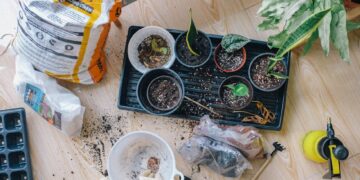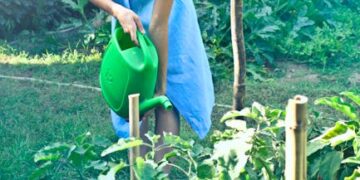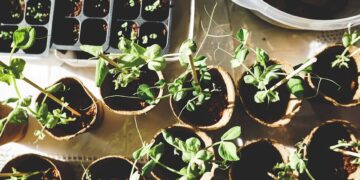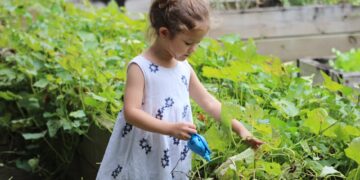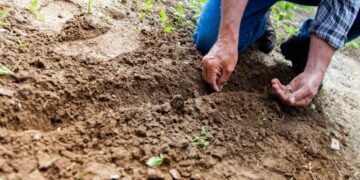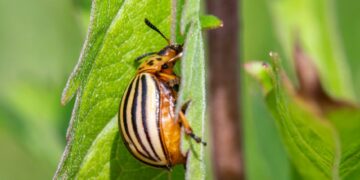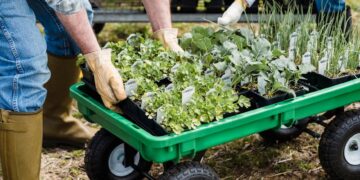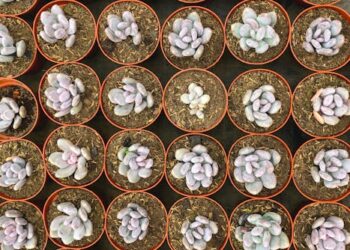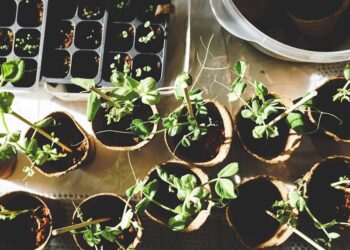Low-Impact Gardening Techniques: A Sustainable Approach
Interested in mastering the art of sustainable gardening? Low-impact gardening offers a way to beautify your outdoor space while contributing positively to the environment. This article delves into simple, yet effective techniques to help you establish a thriving garden that respects the natural ecosystem.
Understanding Low-Impact Gardening
Low-impact gardening focuses on practices that minimize environmental disturbance and promote biodiversity. By choosing methods that are in harmony with nature, you can create a garden that is both beautiful and beneficial to the ecological balance of your local area.
Key Principles of Low-Impact Gardening
- Eco-Friendly Materials: Use materials that are sustainable and decrease pollution.
- Water Conservation: Implement techniques that make efficient use of water.
- Soil Health: Focus on maintaining and enhancing the health of your soil.
- Local Plant Varieties: Opt for native plants that thrive effortlessly in your local climate.
Strategies to Implement Low-Impact Gardening
1. Choose Native Plants
Opting for native plants is one of the cornerstone strategies for low-impact gardening. These plants have evolved to thrive in your specific climate and soil type, requiring less water, fewer fertilizers, and minimal pesticides. This not only makes your gardening process easier but also supports local wildlife and reduces chemical runoff.
2. Preserve Existing Landscapes and Soil Structure
Before you start digging and planting, consider the existing landscape and soil structure. Tilling and excessive digging can disrupt soil ecosystems and lead to erosion. Instead, practice no-dig gardening techniques or limit soil disturbance to protect these underground ecosystems.
3. Water Wisely
Water conservation is pivotal in low-impact gardening. Techniques such as drip irrigation, mulching, and rainwater harvesting can dramatically reduce the amount of water needed. Scheduling watering sessions during cooler parts of the day, typically morning or evening, can also minimize evaporation.
4. Implement Organic Practices
Avoid synthetic chemicals and fertilizers in your garden. Instead, use organic compost to improve soil fertility. Organic mulches, like wood chips or leaf litter, not only suppress weeds but also add nutrients back into the soil as they decompose. Implementing companion planting can naturally repel pests and reduce the need for chemical pesticides.
Benefits of Low-Impact Gardening
Adopting low-impact gardening techniques doesn’t just help the environment; it offers multiple benefits for your garden and community.
Ecosystem Support
By choosing native plants and avoiding chemicals, your garden becomes a haven for local wildlife. Birds, butterflies, and beneficial insects will find a supportive habitat, fostering a balanced ecosystem right in your backyard.
Improved Soil Health
Organic practices enhance soil structure and fertility, reducing soil erosion and creating a healthier base for plant growth. Healthy soil also acts as a carbon sink, helping to capture carbon dioxide from the atmosphere.
Conservation of Resources
Using water efficiently and opting for sustainable materials leads to a significant reduction in resource use. This not only helps the planet but can also lower your garden maintenance costs over time.
Getting Started with Your Low-Impact Garden
Starting a low-impact garden doesn’t require a complete overhaul of your existing setup. You can begin with small, simple changes.
Quick Tips to Get Started
- Conduct a Soil Test: Understand your soil type and nutrient levels to better manage your planting strategy.
- Start a Compost Bin: Composting kitchen and garden waste is an excellent way to produce nutrient-rich material for your garden. It also reduces household waste.
- Choose the Right Tools: Invest in quality tools that encourage efficient gardening, like ergonomic spades or water-conserving irrigation systems.
Inspiring Examples
Consider visiting local botanical gardens or community gardens that employ sustainable practices. These visits can provide inspiration and practical examples to help shape your approach to low-impact gardening.
Conclusion: The Impact of Your Choices
Embracing low-impact gardening techniques is more than just a way to create a beautiful garden—it’s a commitment to protecting and nourishing the environment. Every choice you make can help reduce your ecological footprint, support local wildlife, and contribute to a healthier planet. So why not start today and see the difference you can make right in your backyard?
Remember
Every plant you choose, every drop of water you save, and every bit of compost you add plays a part in crafting not only a stunning garden but also a resilient ecosystem.

